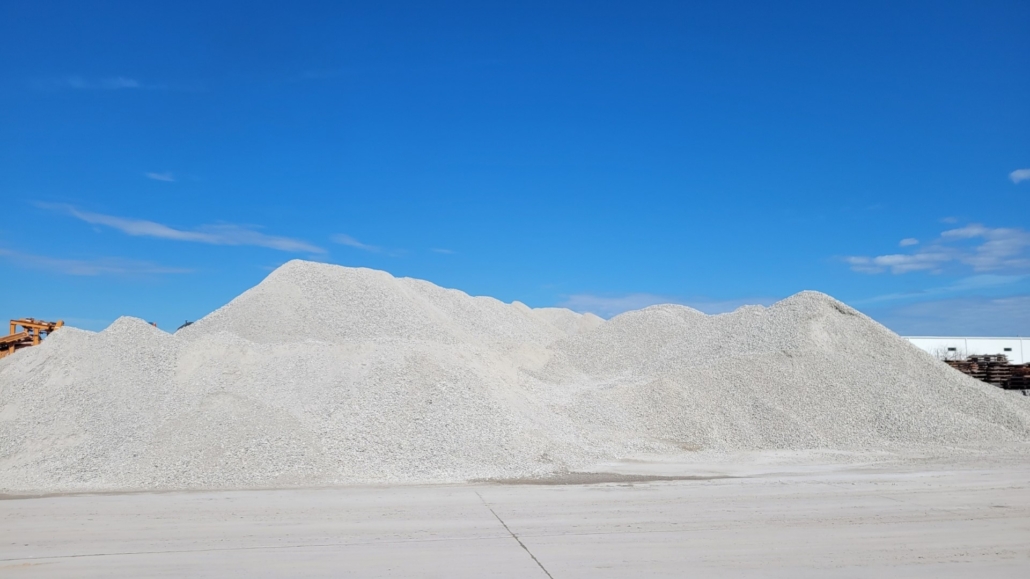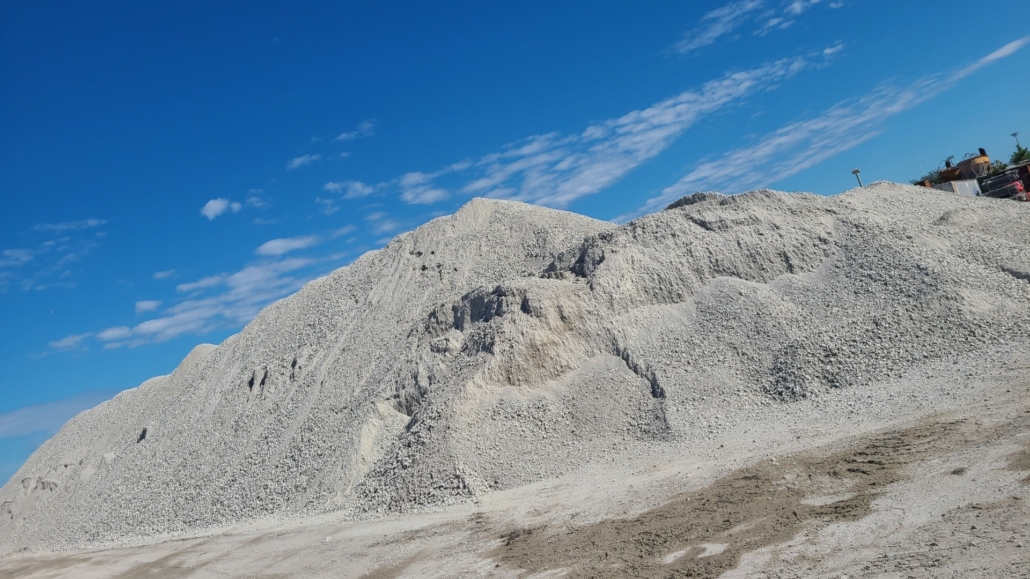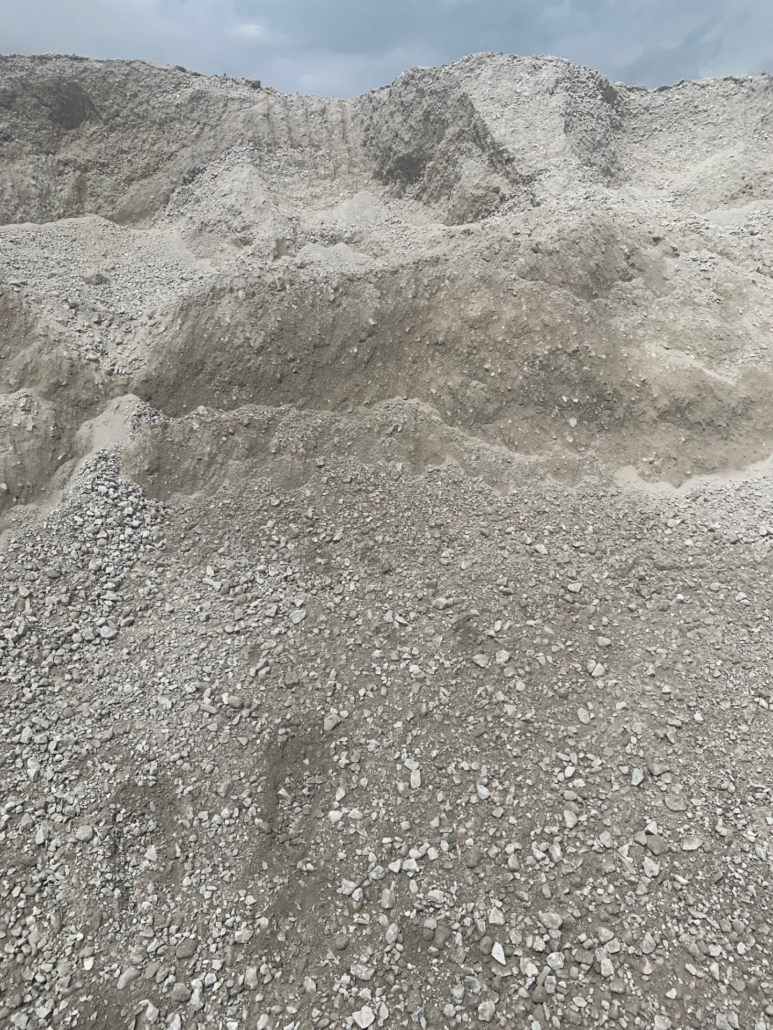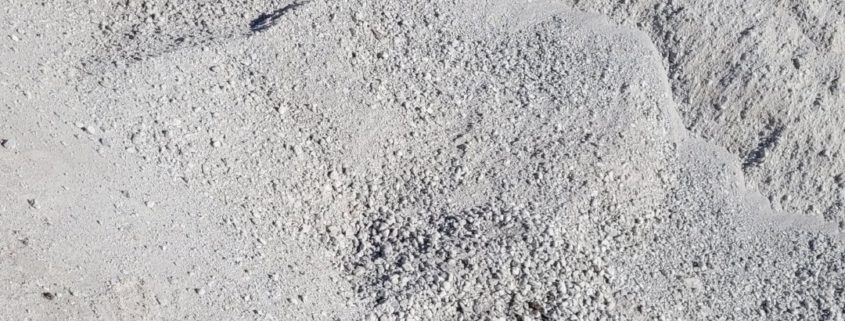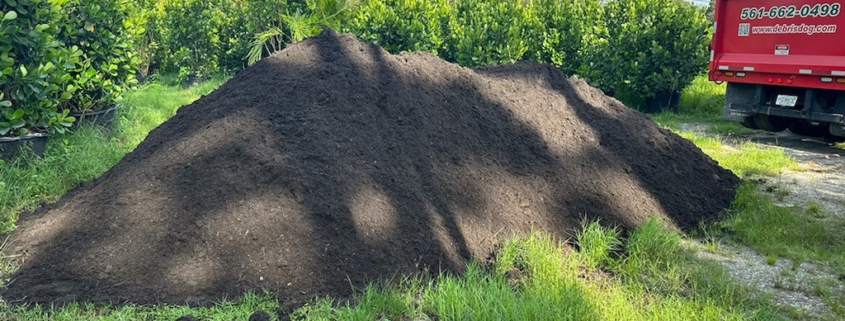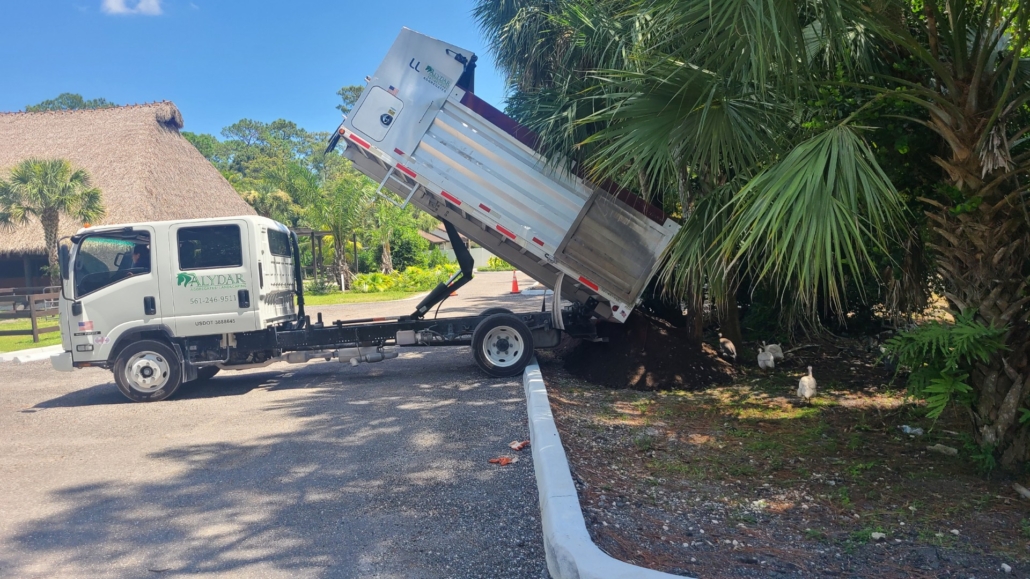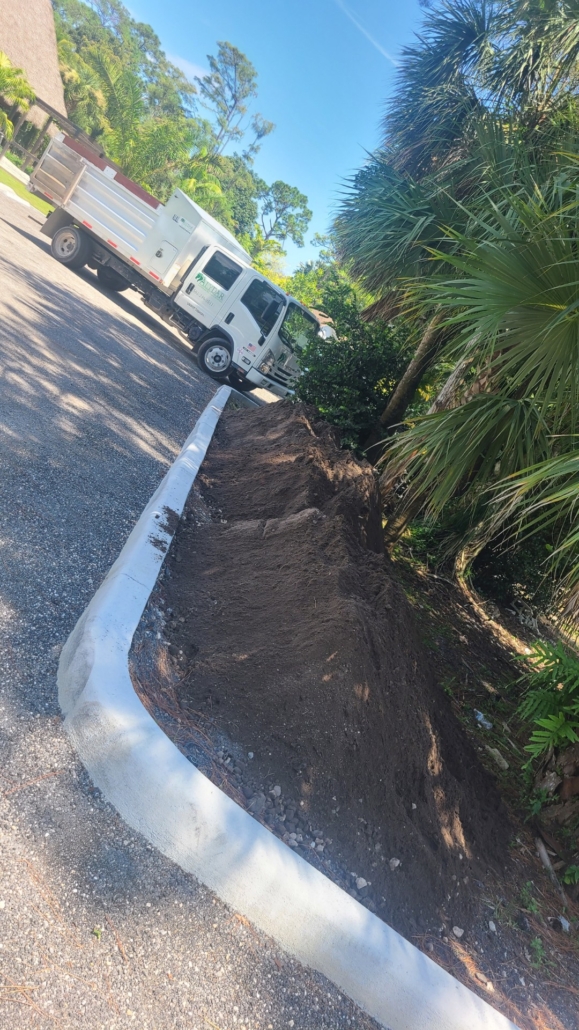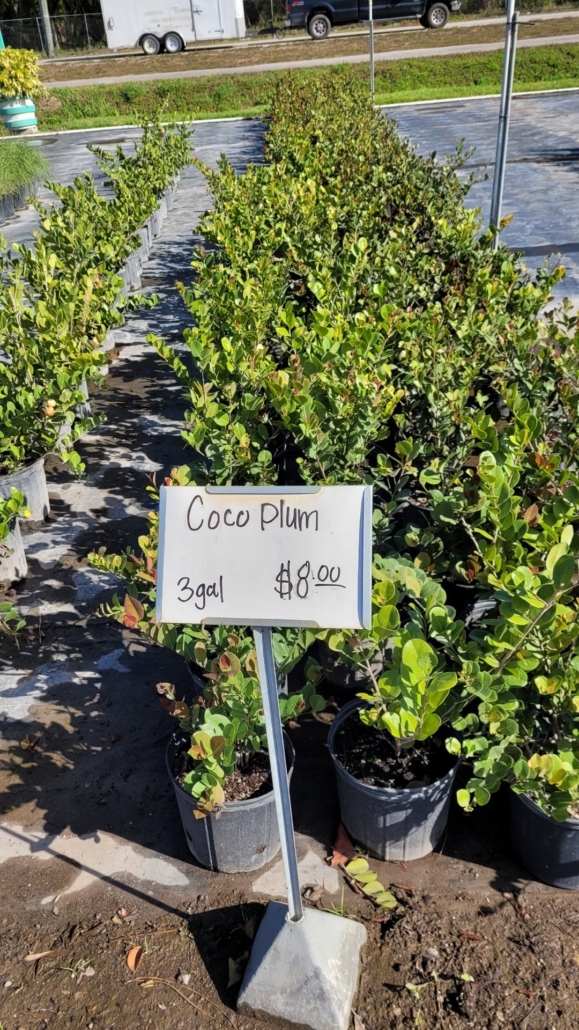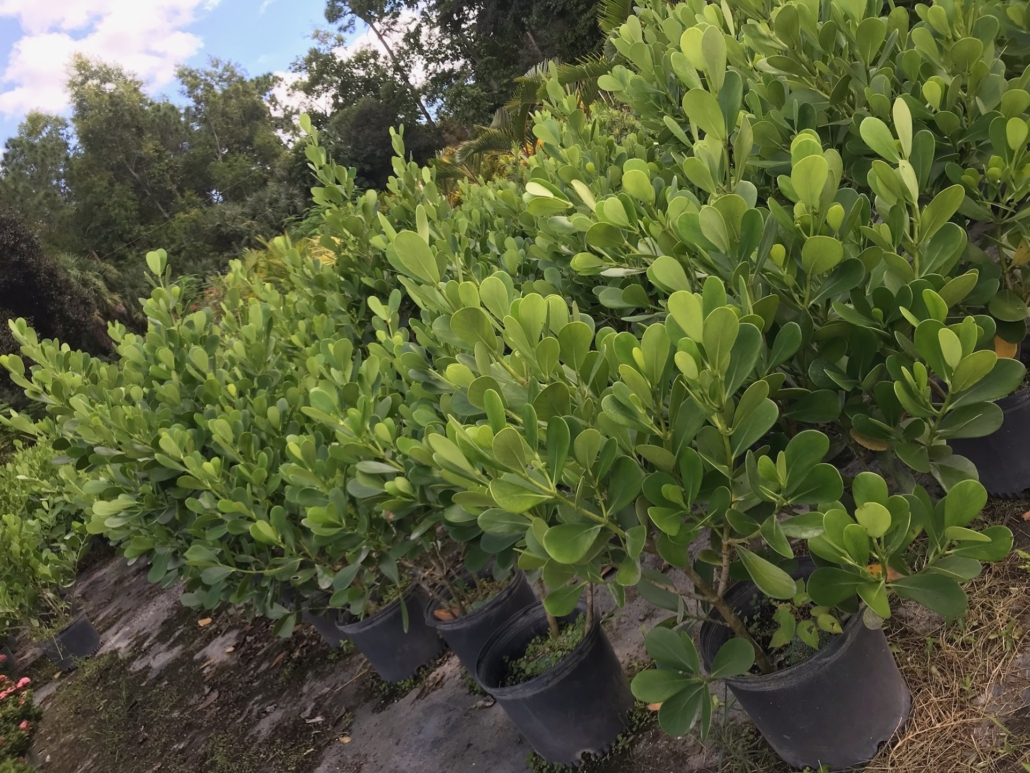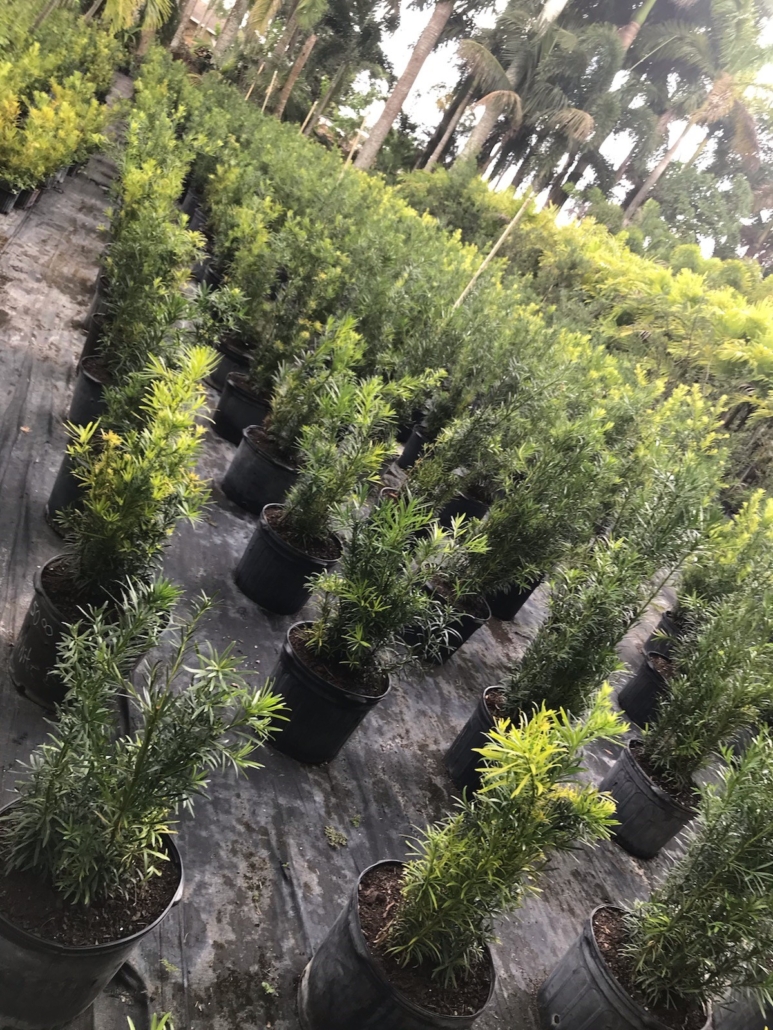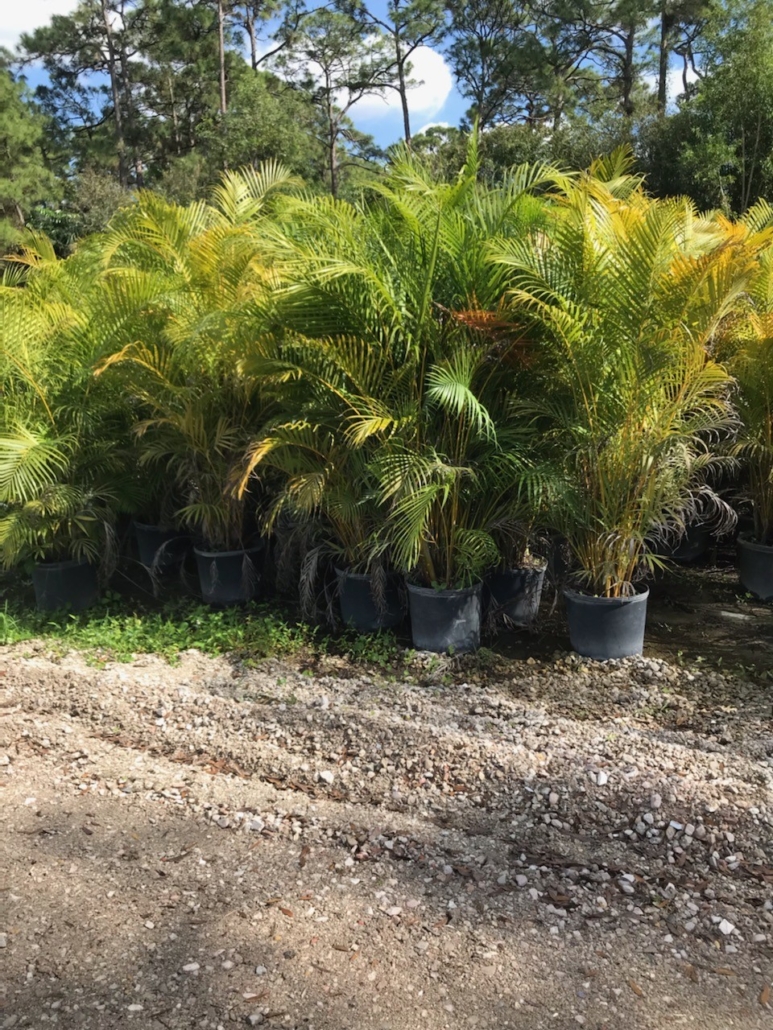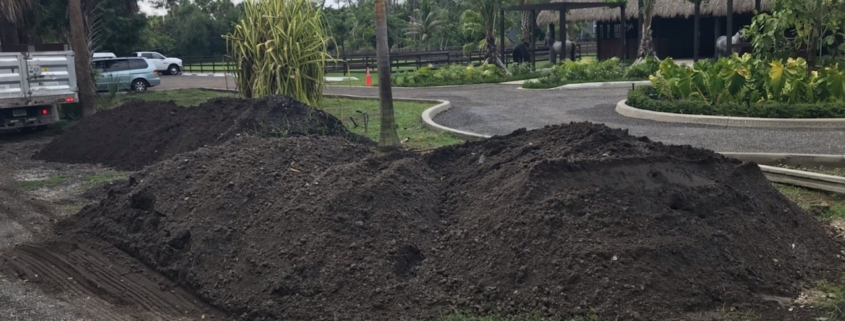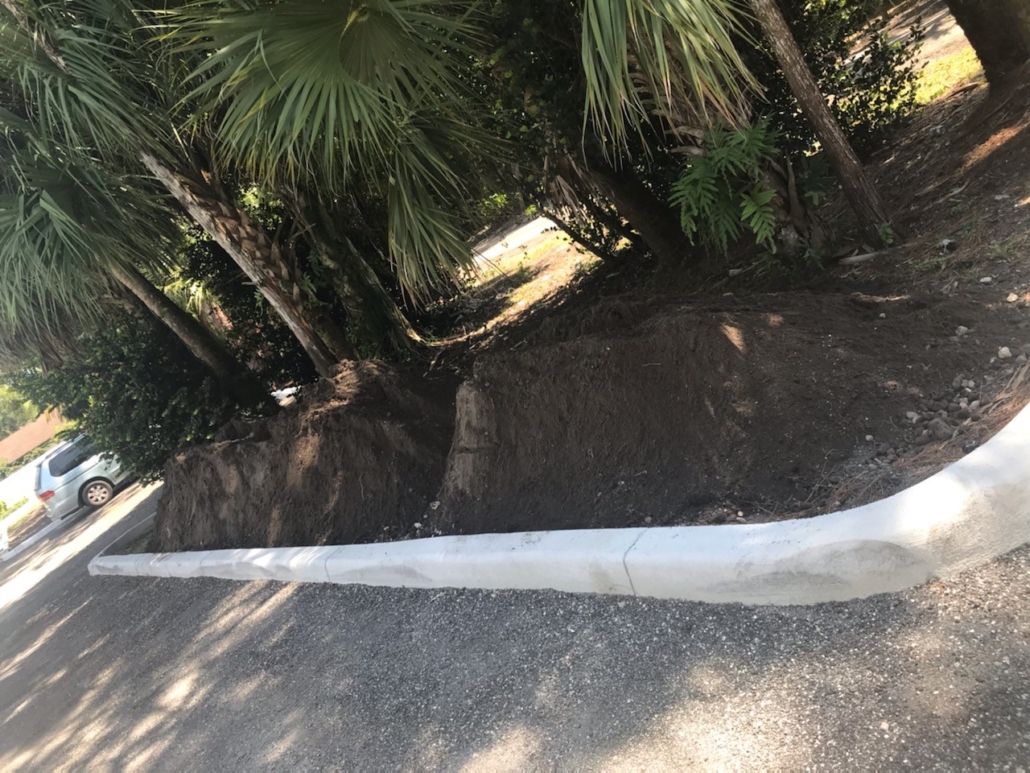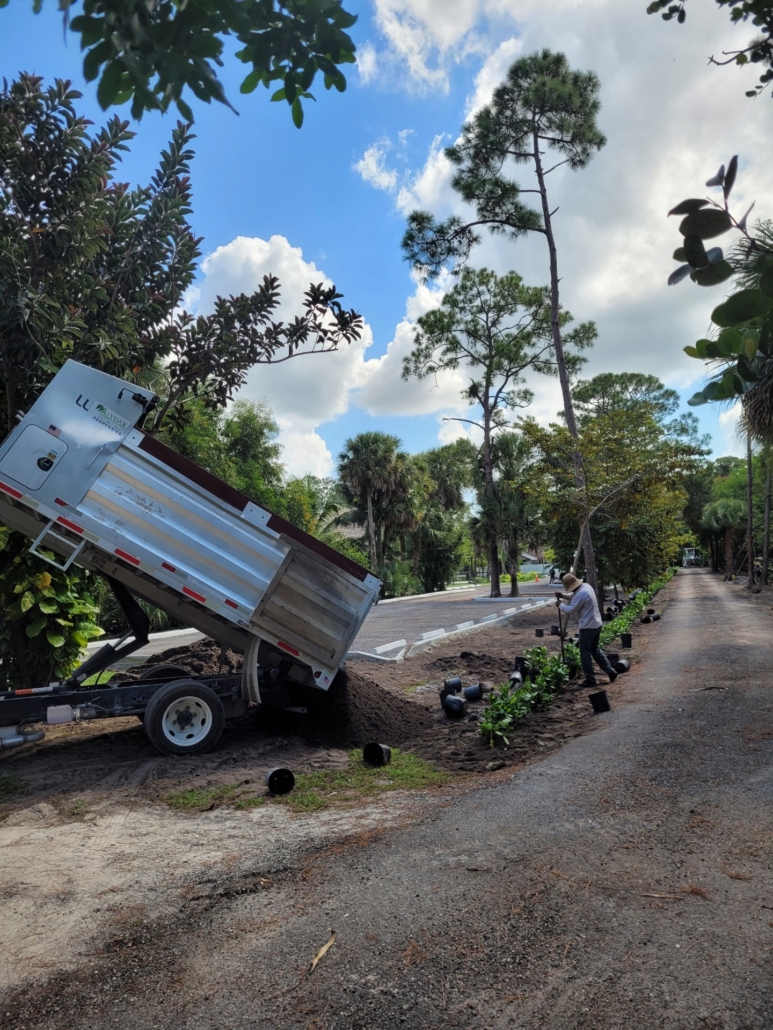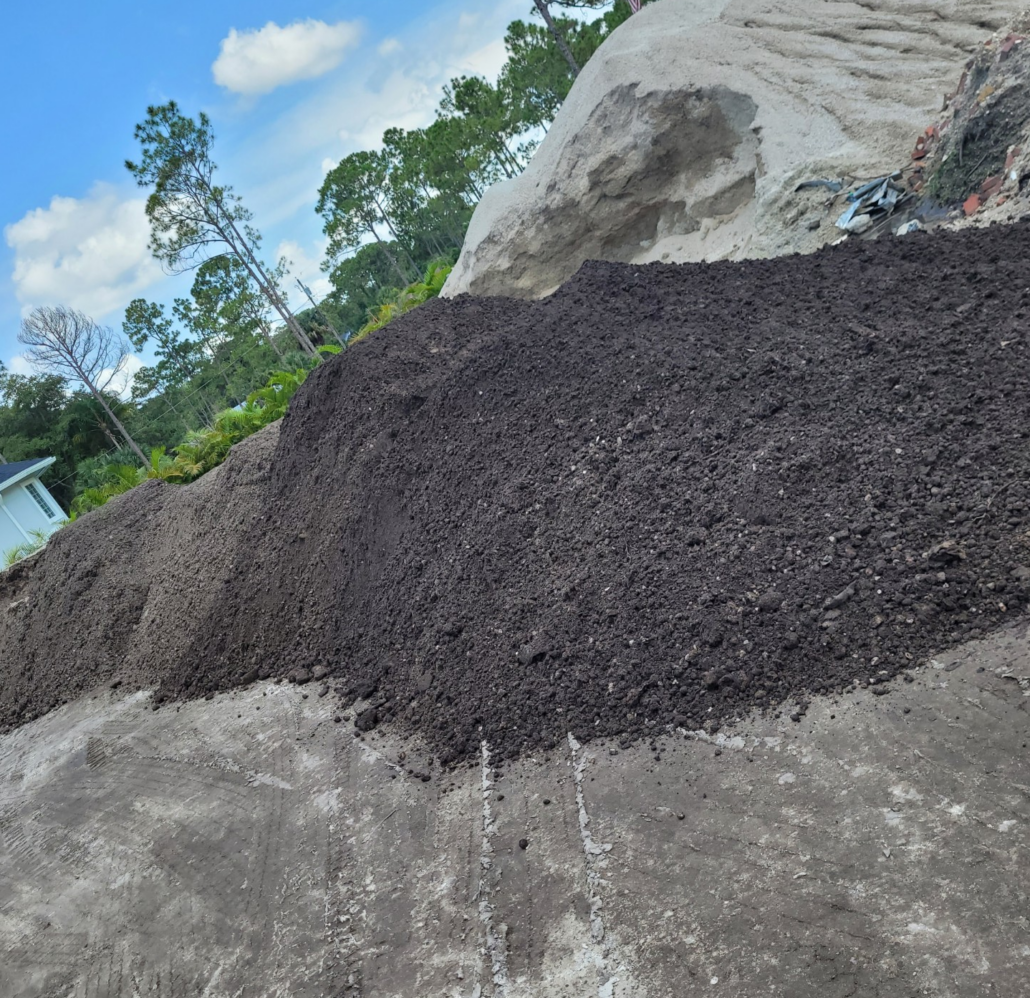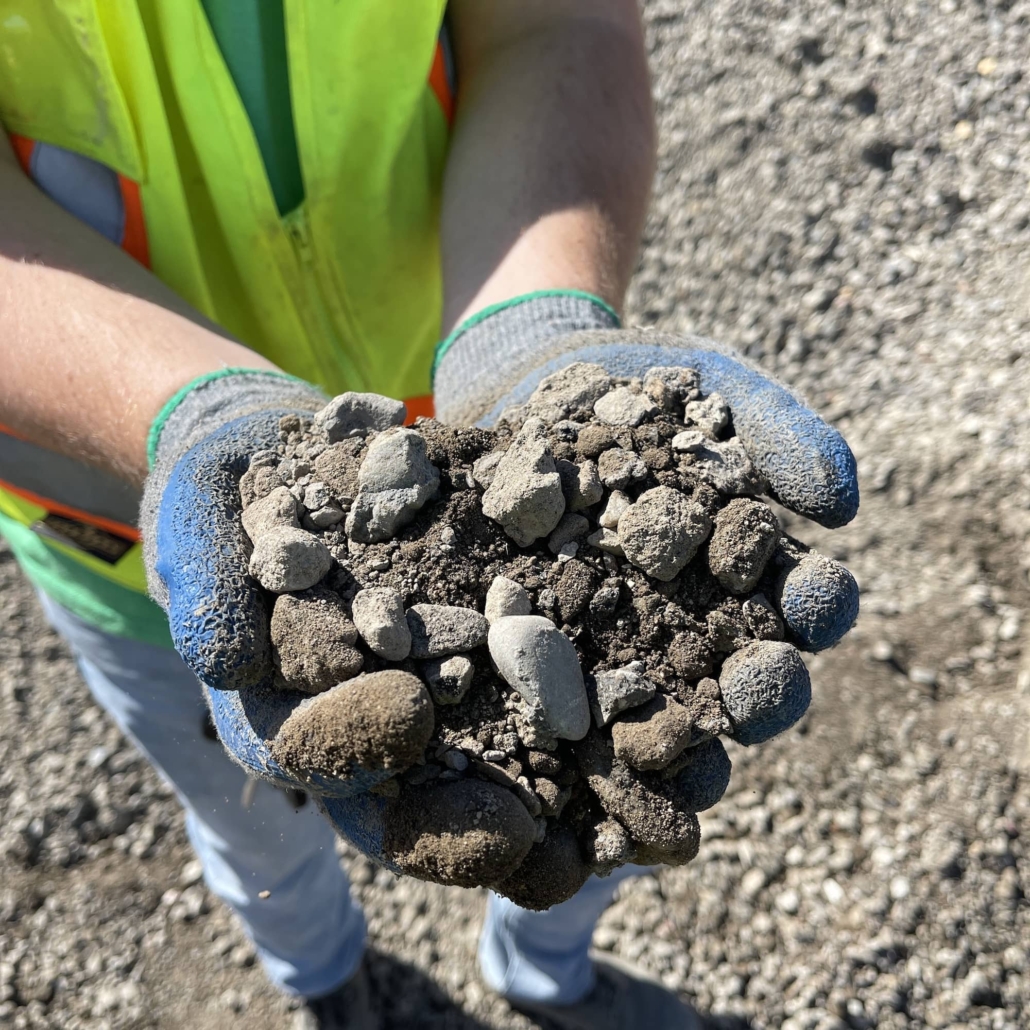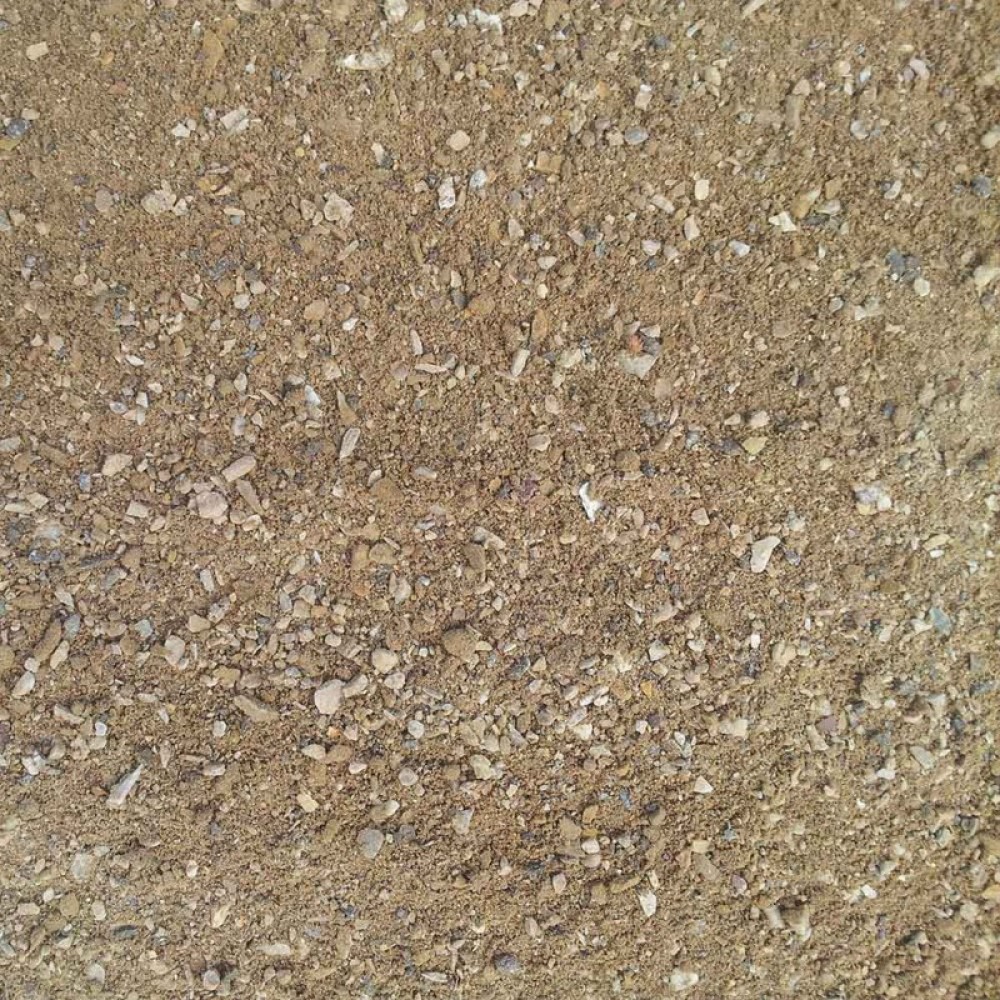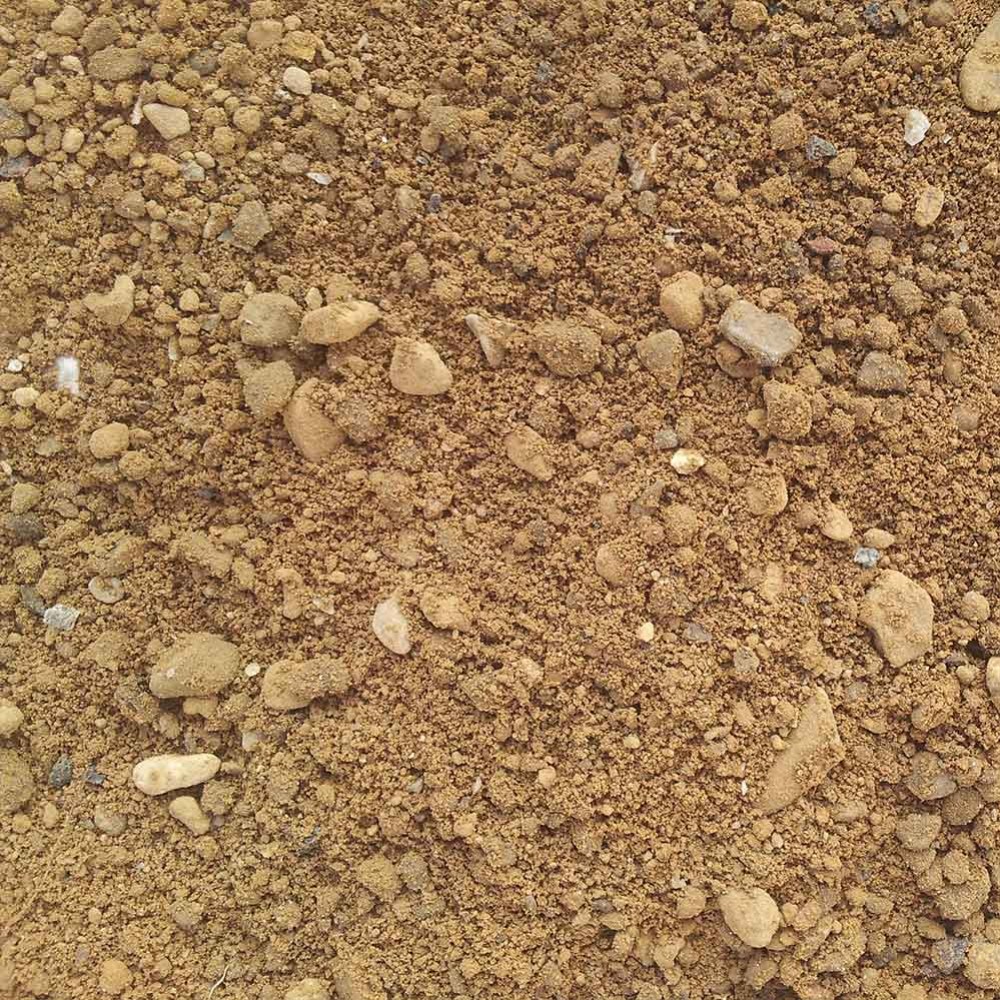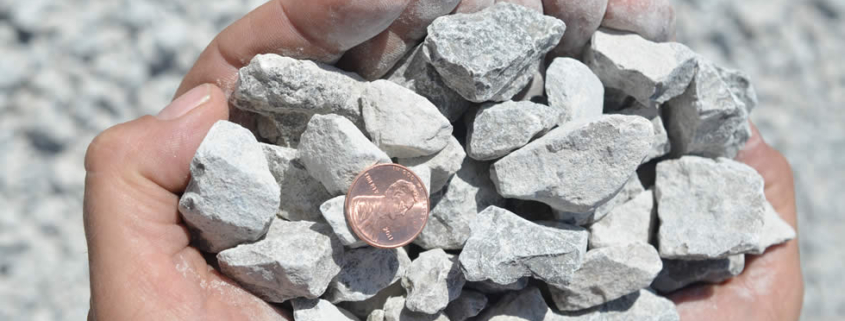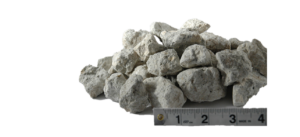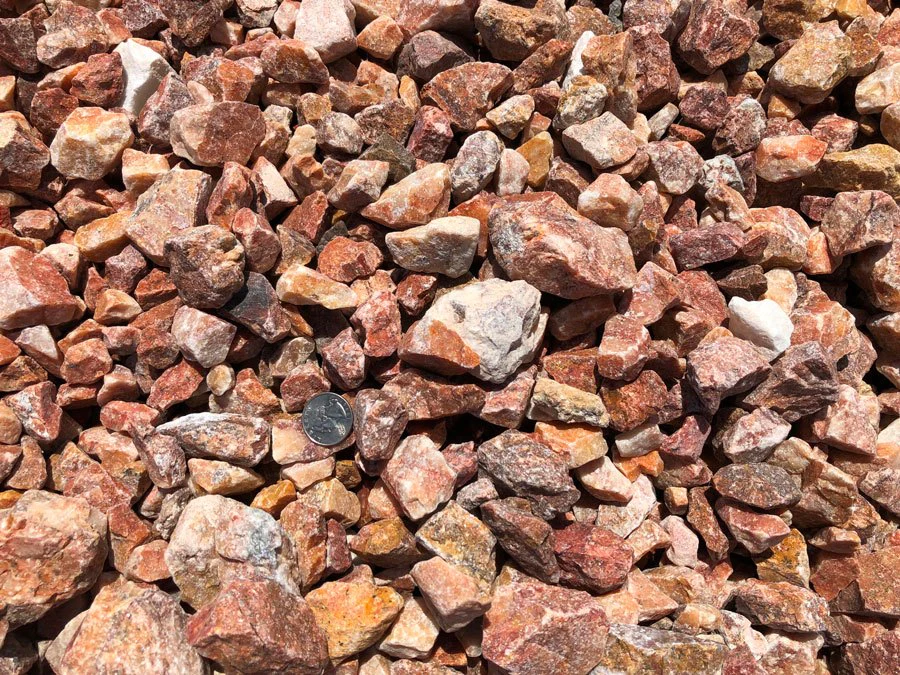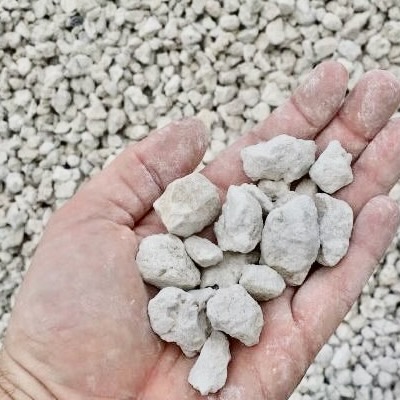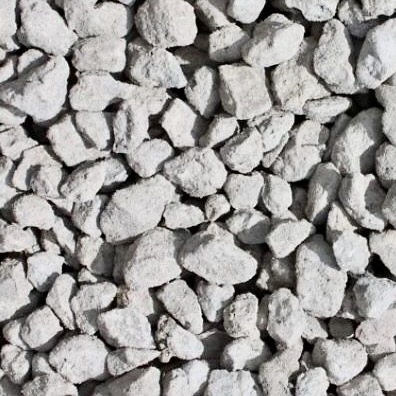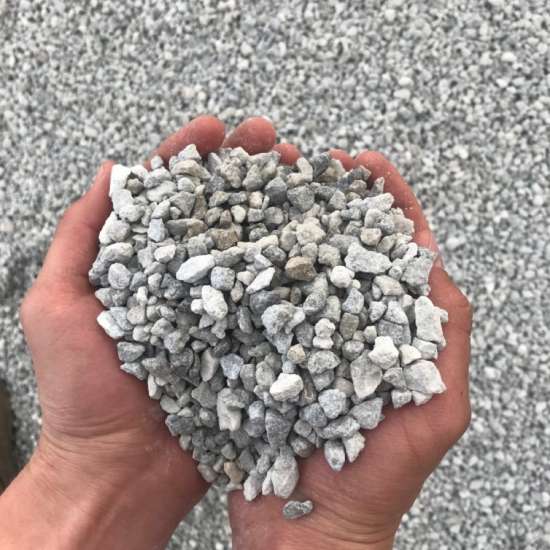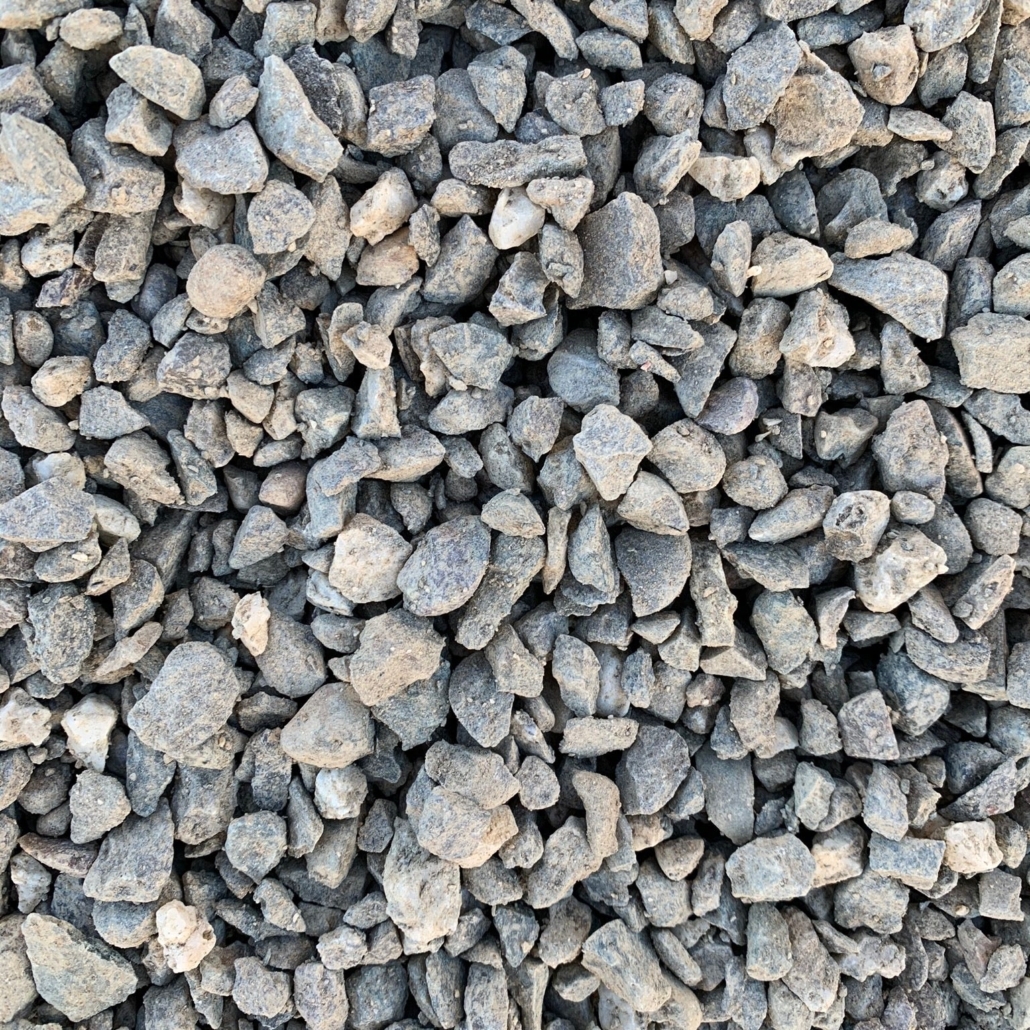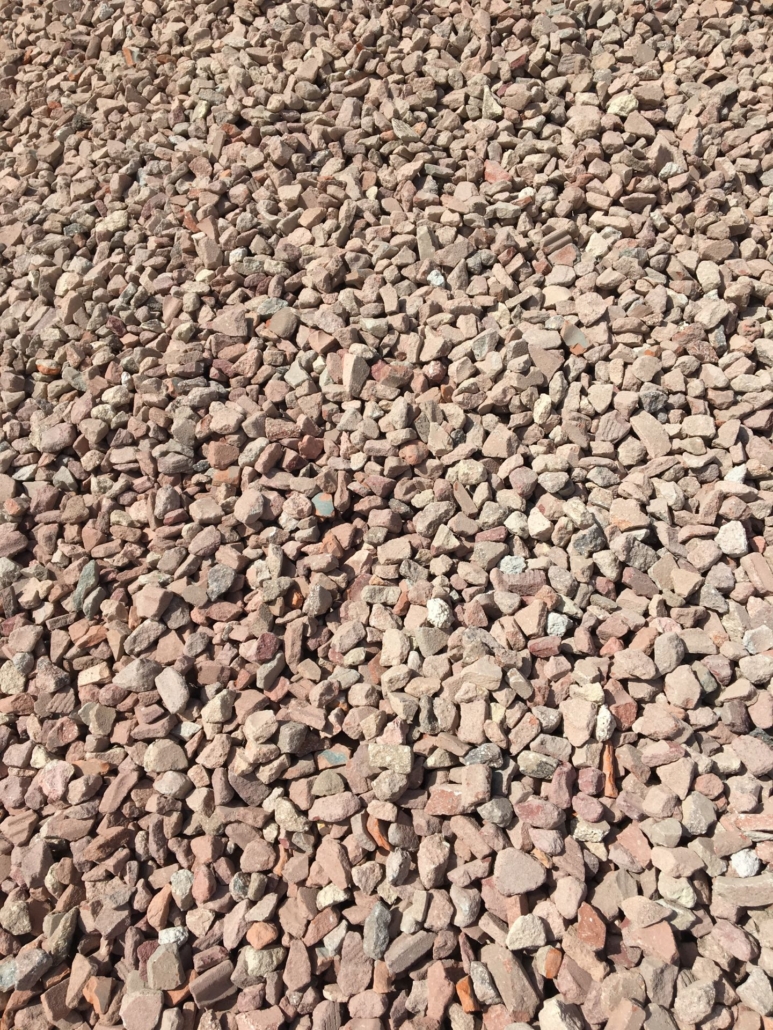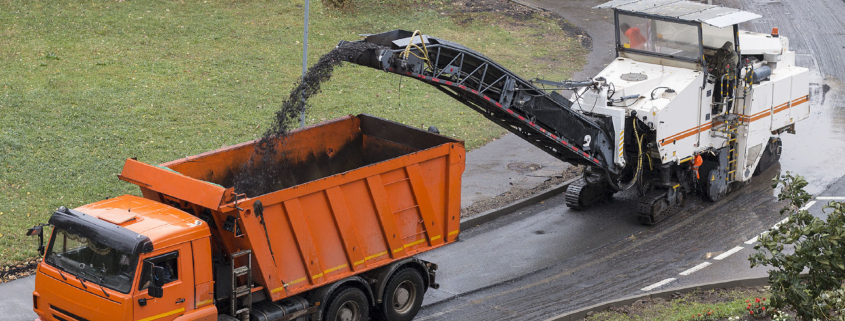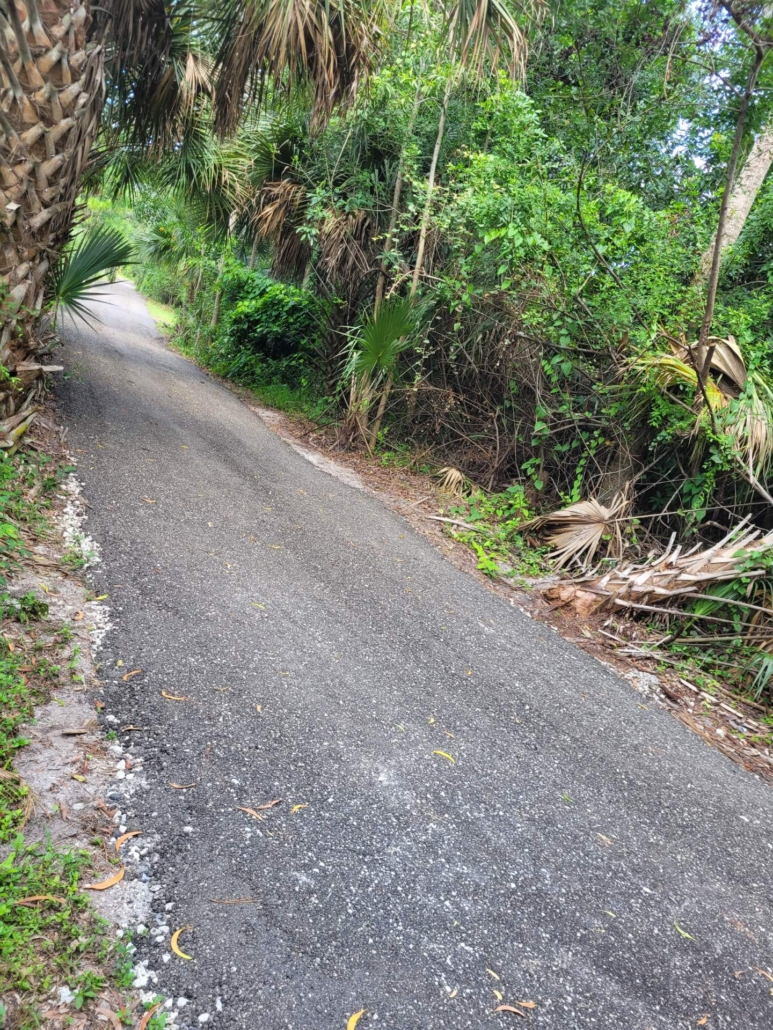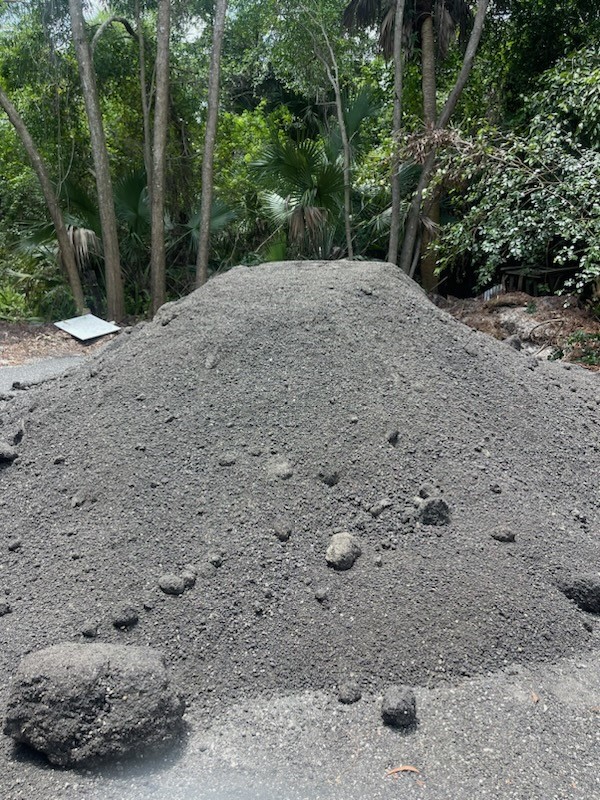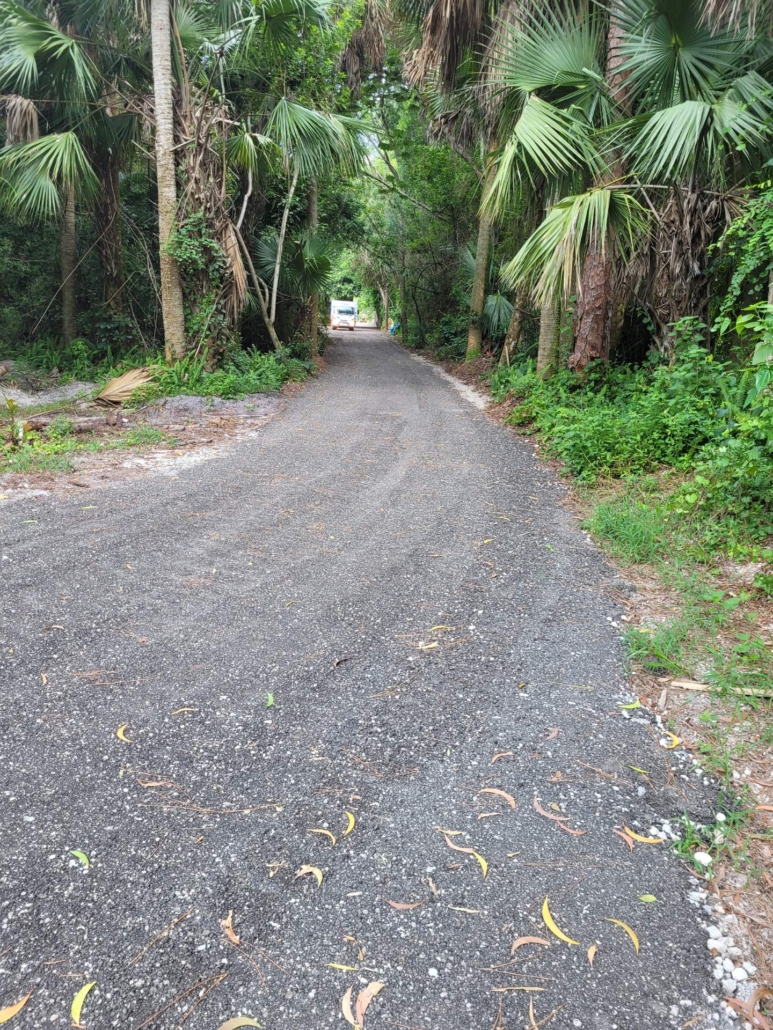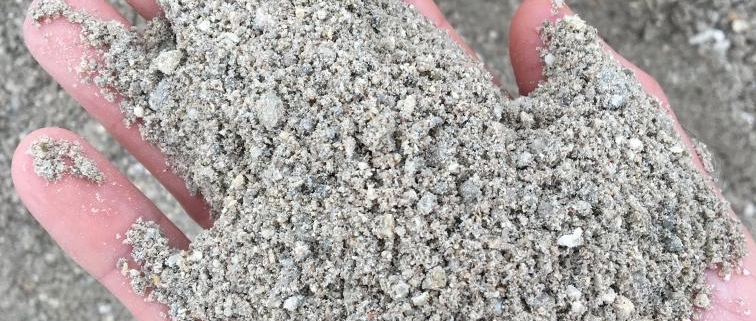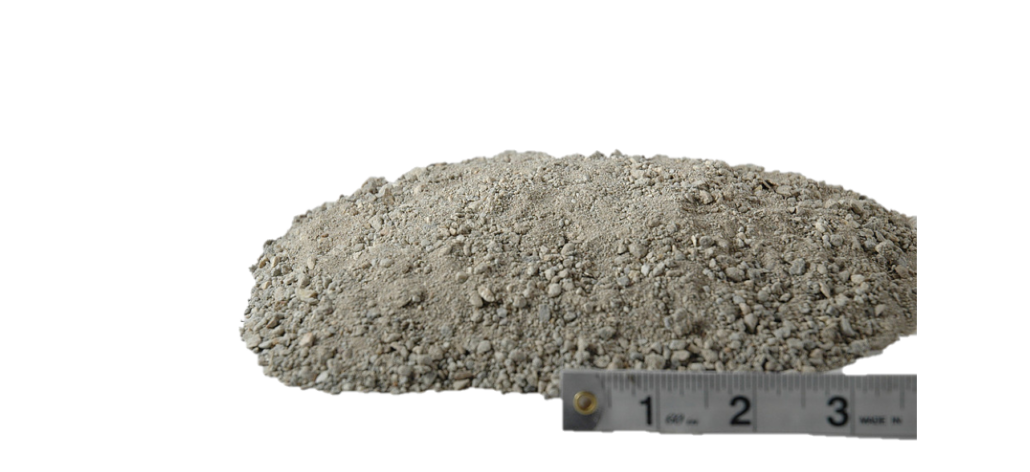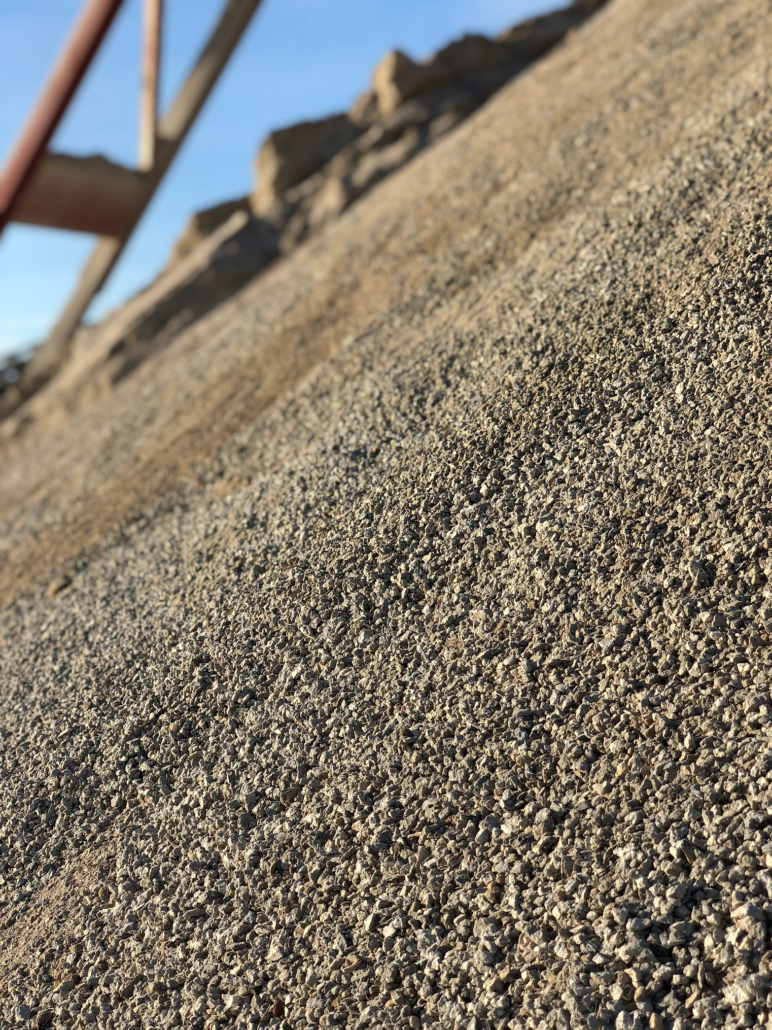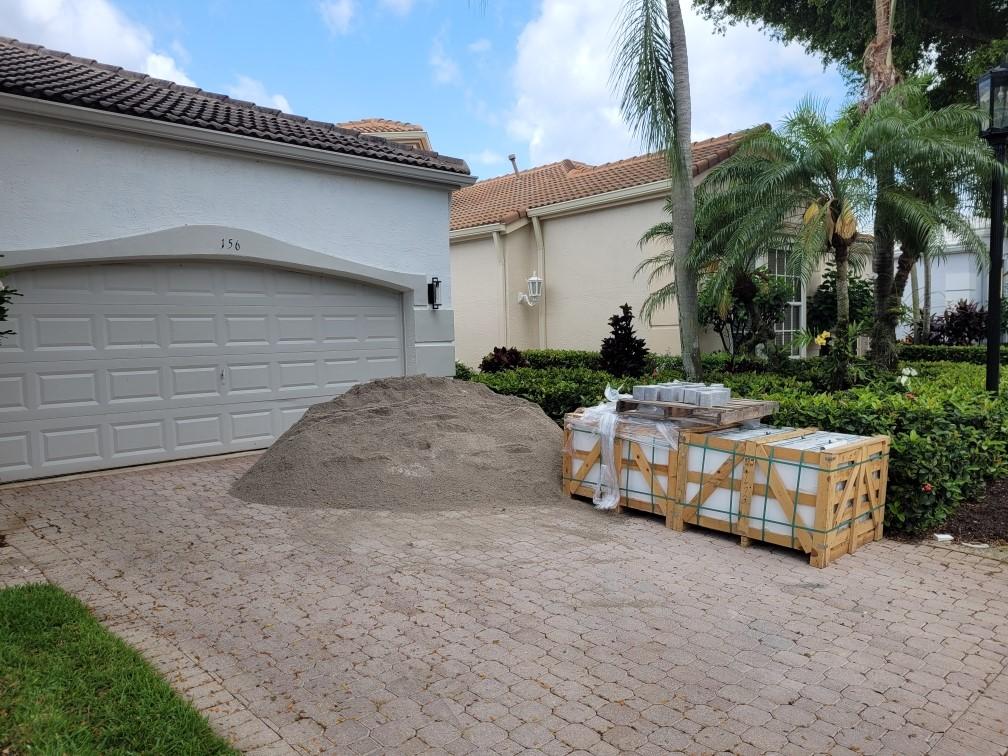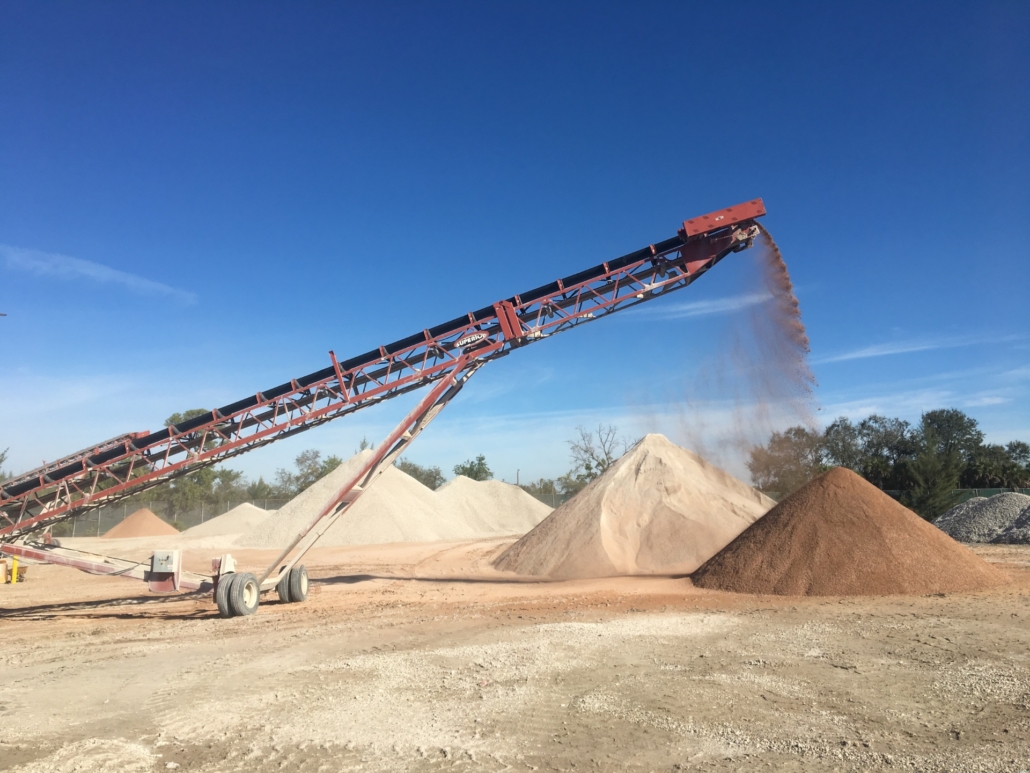Standard DOT road base for concrete pours, building pads and temporary roads.
Base rock as a product is a densely graded blend of coarse and fine aggregate and is most commonly used in pathway and driveway construction. When compacted, base rock provides excellent stabilization underneath structures like patios, slabs, parking lots, sidewalks and roadways.
We offer many kinds of base rock including:
- FDOT 1½ Inch Base Rock
- This coarse aggregate rock meets FDOT specification 901
- It shall be reasonably free of clay lumps, soft and friable particles, salt, alkali, organic matter, adherent coatings, and other substances not defined which may possess undesirable characteristics.
- It shall consist of naturally occurring materials such as gravel, or resulting from the crushing of parent rock, to include natural rock, slags, expanded clays and shales (lightweight aggregates) and other approved inert materials with similar characteristics, having hard, strong, durable particles.
- Sized range from ¾ inch to 1 ½ inches but may contain fines as well as some smaller pieces down to ¼ inch and ½ inch
- 1 ½ Inch Base Rock
- 1 ½” Base Rock (also known as #2 Rock) is a crushed concrete aggregate.
- Sizes of #2 stone range from between 1 ½ inches to 2 ¼ inches
- This is the most common stone used for concrete mixes.
- ½ Inch Base Rock
- ½” Base Rock (also known as #8 Rock) is a crushed concrete aggregate.
- Sizes of #8 stone range from between ⅜ inch and ½ inch”
- This is the most common stone used for concrete mixes.
